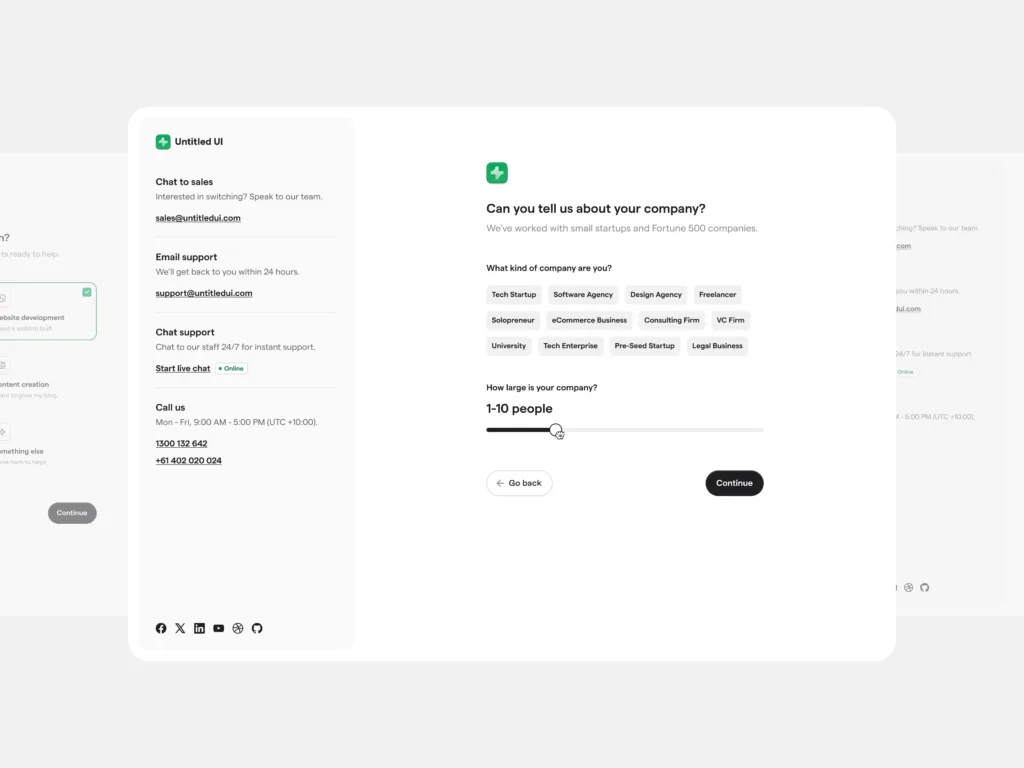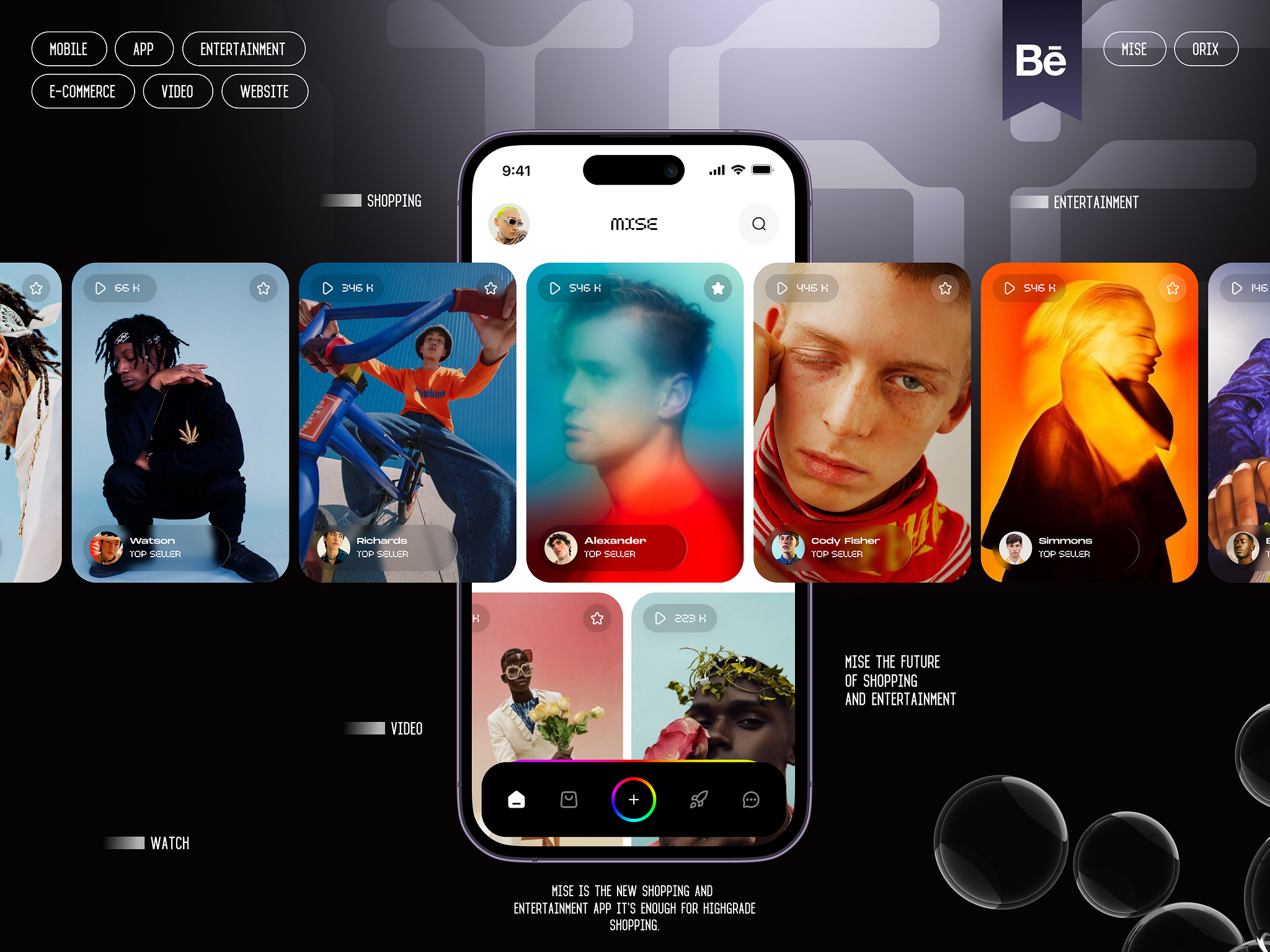Did you know that 40-60% of users who sign up for a free trial will use your product once and never come back? 😱 That’s a startling statistic that highlights just how crucial effective user onboarding is. Welcome to your comprehensive guide on how to onboard more users with great design – where we’ll transform those numbers into success stories.
Why Great Design Matters in User Onboarding 🎯
User onboarding isn’t just about teaching people how to use your product – it’s about creating an experience that makes them want to stay. Great design is the bridge between your users’ first interaction and their “aha moment” when they realize they can’t live without your product.
1. Start with Empathy, Not Features ❤️
Think about the last time you tried a new product. Were you more interested in its feature list, or did you care more about solving your problem? That’s right – it’s all about the solution.
Here’s how to put empathy at the forefront of your onboarding design:
- Map user emotions throughout the journey
- Connect features to specific user pain points
- Create personas based on real user research
- Design for user goals, not product features
💡 Pro Tip: Before designing any onboarding element, ask yourself: “How does this help the user achieve their goal?”
2. Simplify the Flow 🌊
Cognitive overload is the enemy of successful onboarding. Your users’ mental energy is a finite resource – use it wisely.
Key principles for simplification:
- Break complex processes into digestible steps
- Use progressive disclosure to reveal information gradually
- Remove unnecessary form fields and decisions
- Implement smart defaults based on user behavior

3. Guide, Don’t Hover 🎯
There’s a fine line between helpful guidance and annoying hand-holding. The key is to be there when needed, but stay out of the way otherwise.
Effective guidance strategies:
- Contextual tooltips that appear only when relevant
- Progress indicators showing clear next steps
- Optional detailed tutorials for power users
- Smart empty states that guide users to action
4. Design for Trust 🛡️
Trust isn’t just about security badges and privacy policies – it’s woven into every design decision you make.
Building trust through design:
- Clear communication about data usage
- Transparent progress indicators
- Social proof at key decision points
- Professional, consistent visual design
- Immediate value delivery
5. Make It Beautifully Consistent ✨
Consistency in design isn’t just about aesthetics – it’s about creating a predictable, comfortable environment for your users.
Essential consistency elements:
- Unified visual language across all touchpoints
- Consistent terminology and messaging
- Aligned interaction patterns
- Coherent brand voice and tone

6. Test. And Then Test Again 🔍
The best onboarding experiences are built on data, not assumptions. Here’s how to make testing a cornerstone of your design process:
- Implement A/B testing for key onboarding steps
- Collect qualitative feedback through user interviews
- Track completion rates and drop-off points
- Monitor user behavior analytics
- Iterate based on real user data
Final Thoughts: Design Like You’re Onboarding People, Not Users 🌟
Remember, behind every user metric is a real person trying to solve a real problem. The most successful onboarding experiences are those that feel less like a product tutorial and more like a helpful friend guiding the way.
Key takeaways:
- Lead with empathy and understanding
- Simplify wherever possible
- Provide smart, contextual guidance
- Build trust through transparent design
- Maintain consistency across the experience
- Test and iterate continuously
Ready to transform your user onboarding experience? At Moins Technologies Inc., we specialize in creating onboarding experiences that convert and retain users. Contact us to learn how we can help you implement these strategies and create an onboarding experience your users will love.



